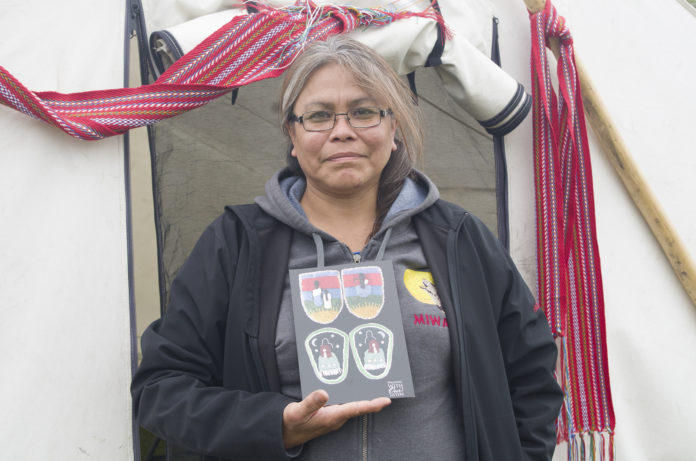
On Christmas Eve, 2007, the family of Lorilee Francis tried to file a missing persons report.
Lorilee, then 23, was a fun-loving member of a large-extended family, who’d gone missing in Grand Prairie, Alta. Her family was told to come back after the holidays. They filed a report officially on Dec. 27, and then, three months later, started searching on their own after being disappointed with the response from RCMP.
“It was a really hard pill to swallow,” remembers Connie Francis, Lorilee’s aunt. “We didn’t get any support. The family, it was like we were sitting there with our hands tied, not knowing what to do.”
To this day, Lorilee has never been found. Her family has watched the case get passed to roughly 10 different investigators, and each time they have to walk into the office and tell their story again, hoping this time will be different.
“There’s always hope and then there’s always distress,” Connie says. “Some days we’re hopeful she’s somewhere and she’s going to be found. Then other days it’s, we’re distraught because the worst thing in our mind could come true: that she’s no longer walking this earth.”
Unfortunately, Lorilee’s story isn’t unique. She’s one of thousands of missing and murdered Indigenous women and girls whose stories are represented with a pair of moccasin vamps at the Walking with our Sisters commemorative art installation.
More than 27 communities have hosted this display, including Batoche, where the final ceremony was held from Aug. 15-18. It’s the first time the display has been held outdoors, and on this day, visitors slowly walk the Carlton Trail, which drops down through thick brush to the banks of the South Saskatchewan River.
At the top of the hill, just as the path starts its slow decline, are the vamps Connie made for her niece.
“So many things go through our minds,” she says. “It’s really hard to say, but to be part of this and see so many other families (and) the love that everybody put into those vamps, it really makes you see how big this is, and this is only the ones who submitted their vamps. There are probably many, many families out there who never got a chance to put their vamps in. There are probably many, many more women, girls, men and boys who have gone missing.”
Métis artist Christi Belcourt inspired the installation when she asked women to create vamps (the decorative portion on the top of a moccasin) in honour of their missing sisters. That was in 2012, and more than 2,000 submissions poured in from Canada, the United States, and even from Europe.
Response to the installation varies from person to person. Some leave angry and upset at the loss of so many lives. Others leave with frustration at the circumstances and policies that led to this point. For Connie however, the exhibit brings a sense of peace and determination. She hopes the installation will draw even more media attention to the issue, and convince governments and law enforcement to devote more time and resources to solving the problem.
“I believe it will get better,” she says.
For the group responsible for hosting the weekend, bringing the installation to Batoche was vital.
Angela Rancourt of River Women Collective, said the area has long been important for Indigenous people, so it’s an appropriate spot for the final installation.
“To honour the women on this land is really important to us because at one point 135 years ago, our people were hiding on this land,” she says. “Our women and our children were hiding here, so for us to be in this space now, and to be able to gather here and honour our own women, brings me such pride…. To have the vamps have their final walk on the land was really important.”
Members from the River Women Collective come from a number of communities near the South Saskatchewan River. While organizing the installation’s final weekend hasn’t been easy, Rancourt said it’s been a good reminder of what is important in life.
She’s not as optimistic as Connie Francis that the issue will be addressed, but she’s not pessimistic either. She says it’s a difficult issue, and she hopes the installation will help bring more attention to it.
“I’m hopeful that our next generation won’t see the traumas that some of the women here have.”

